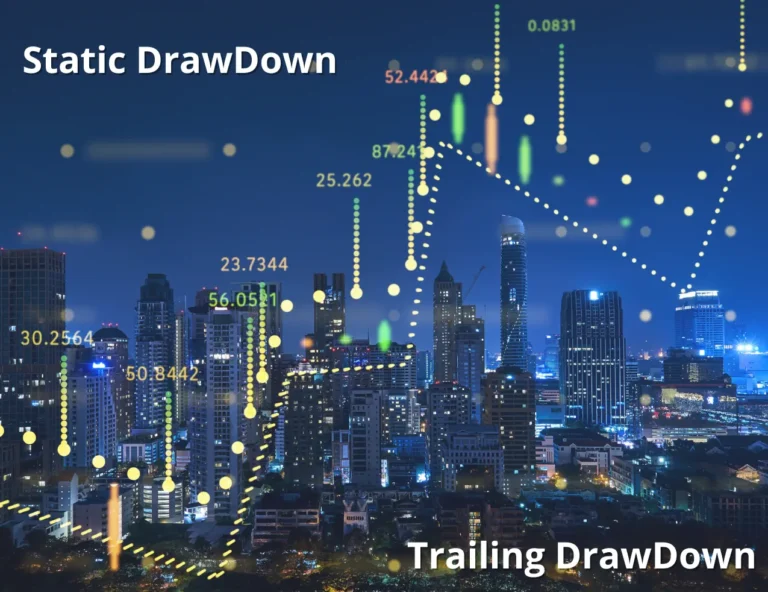The culture of the financial trader (introduction to the basics of trading)
Trading, the basics of which are essential to understand, can be compared to an immense ocean of liquidity from which one can profit. However, like any ocean , trading also retains chasms and dangers; therefore, for a trader of modest means, it is important not to exaggerate the size of the”net” you cast in this vast financial sea because you never know what you might run into.
Learning the basics of trading is indeed crucial to understanding that we are small participants in something much bigger than ourselves, where market”sharks ” dictate the rules.
It is up to us, then, to juggle intelligently, carefully choosing the waters in which to navigate and casting our net at the most opportune time, based on a good understanding of the basics of trading. This will enable us to bring home a good financial “catch” and remain unharmed in the turbulent seas of the market.
Surely you have heard by now dozens of times about the importance of capital management. There are certain concepts such as Size, Leverage and Margin that a trader needs to delve into at the outset, and in this way he will be certain that he will be navigating on a solid foundation without running into surprises.
Knowing what we are actually doing from our PCs when we are on the charts and we press buttons is crucial since we are trading contracts. Whether they are buying or selling it is good to keep in mind that we are continually making deals with someone.
Terms and definitions
A large set of contracts is called a lot . The lot can have various sizes, 1 contract, 1,000 contracts, 10,000 contracts, and so on . Lot size varies depending on the market and the instrument we are considering-for example, a lot of the SP 500 comprises only one contract while a lot of the EUR/USD pair in the currency market is worth 100.000 units of the traded currency.
It is clear that trading instruments of this size is beyond the reach of the average retailer, just think that even buying one lot of the micro SP would require about 20 ,000 euros to date, let alone if we wanted to purchase more.
In this we are helped by leverage, an option offered by brokers, which amplifies our trading power by multiplying it depending on the amount of leverage offered. As of 2018, the “magnitude” of leverage for many brokers has been set at 1:30, this implies that to buy or sell a value of 30.000 we will need about €1,000.
In other words , the broker gives you the ability to open a trade as if you had 30 times the amount you actually hold, allowing you to earn more than you would if you were trading without leverage; at the same time of course the potential losses will also be greater.
How does the broker protect against this eventuality?
Simple, by requiring a “guarantee,” which consists of an amount, obviously reduced from the principal amount you borrow, to be left in the account in case things turn out differently than planned.
Before giving a practical example , we should clarify the meaning of pip and point
We will encounter these and other terms in our operation so it is good to be clear about the concepts, which we will explain gradually in the articles that follow.
In all currency pairs , the pip corresponds to the fourth decimal place, except for pairs that include the yen; in which case the pip is the second decimal place.
The point , on the other hand , is made to coincide with the fifth decimal place and constitutes the smallest price change in a pair.
Let us now consider the EUR/USD pair. As mentioned earlier , the broker will require that you set aside an amount of of money put aside as collateral in case of any sudden losses. This escrow capital is called margin and varies by broker.
Suppose we enter long with one lot on the above pair at the price 1.2 using 1:100 leverage and the broker in question requires a margin of 2% :
we are in fact buying 100,000 using 1000 and the broker will block 200€ in the account as margin.
If the EUR/USD price were to rise to 1.2001, then by one pip, we would be in profit by €10 since 100.000*0.0001 = 10. Conversely, we would lose 10€ if it were to fall to 1.1999.
Soon we will also see how to do this calculation in the case of indexes, where other factors also intervene.
Until then, happy trading
To learn more Investetica recommends viewing the following open-access webinar.














